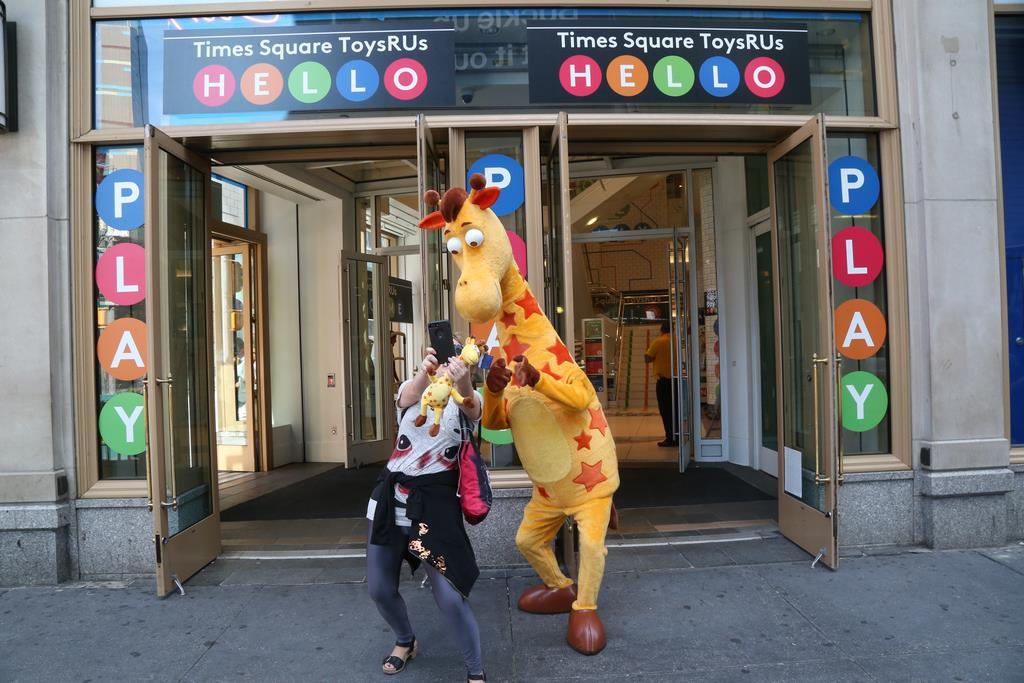Toys R Us, the 70-year-old toy superstore chain that became a dreamland for kids nationwide, announced at a U.S. Bankruptcy Court filing recently that it must liquidate. Chief Executive, David Brandon, finally told its employees that Toys R Us is planning to sell or close nearly 800 of its U.S. stores, a collapse that threatens up to 33,000 American jobs.
After filing for Bankruptcy in September 2017, Toys R Us struggled with more than $5 billion in debt from a leveraged buyout. The big-box retailer was once the go-to place for kids looking to pick up the latest toy or video game, so what happened?
The company’s fate spiraled after it was toppled by external forces and didn’t fight back. Although Toys R Us created the cultural phenomenon of a huge warehouse for families to adventure with their children to choose their favorite toys, this became outdated when online shopping became prevalent, easy, and hassle-free. If you can avoid the unavoidable crying, begging temper tantrums of your kid wanting everything they see in an expensive toy wonderland and instead have a package delivered in two days to your front door, then it’s a no-brainer.
As experts of internet marketing, it’s crucial to highlight the missed opportunity that Toys R Us didn’t leverage to their advantage – online presence. It’s the 21st century in America, and people want what is fast and easy – online shopping. “Toys R Us really missed the boat with their internet marketing by even early on engaging with Amazon to manage their online store,” says Zach Hoffman, CEO of Exults Internet Marketing Agency.
Amazon Prime is based on out-of-town warehouses for fulfilling online purchases. Toys R Us had the means, buying power, and brand to become an online retail powerhouse but didn’t make the moves to do so. With a strong digital presence utilizing online advertising and social media, the toy superstore could have avoided its own demise and thrived in the world of e-commerce.
Utilizing their established brand as a toy retailer, Toys R Us should have taken advantage of their product range to capture consumers at the end of the buying journey through paid online advertising and optimized product pages. With sponsored search, or PPC, the toy retailer could have targeted lucrative demographics like families with 2-3 kids or couples expecting – the possibilities are endless when it comes to targeted marketing online.
In addition, Toys R Us should have utilized social media advertising to keep their brand in front of the minds of parents. By keeping a strong and healthy social media presence, Toys R Us would’ve stayed relevant and fostered the emotional connection between consumers and toys. Let’s face it, the kids that once dreamed of play time and birthday presents from Toys R Us are now the mothers and fathers that Toys R Us is marketing to now.
Through remarketing via Google Adwords and Facebook Ads, Toys R Us could have targeted consumers who had visited their website before, looked at specific toys, or even liked their Facebook page. In addition to digital marketing, Toys R Us could have rewarded customers by capitalizing on already born loyalty for the brand. With rewards and referrals programs, like Perxi, it is possible to show customers how important they are to you by offering discounts and free gifts. It’s much more valuable and much easier to market to an existing, loyal customer than to market to a one-time buyer.
If Toys R Us had adopted internet marketing strategies and stayed afloat with the big dog competitors like Amazon, Target, and Wal-Mart, the brand would have thrived and remained king of the toy land jungle.
